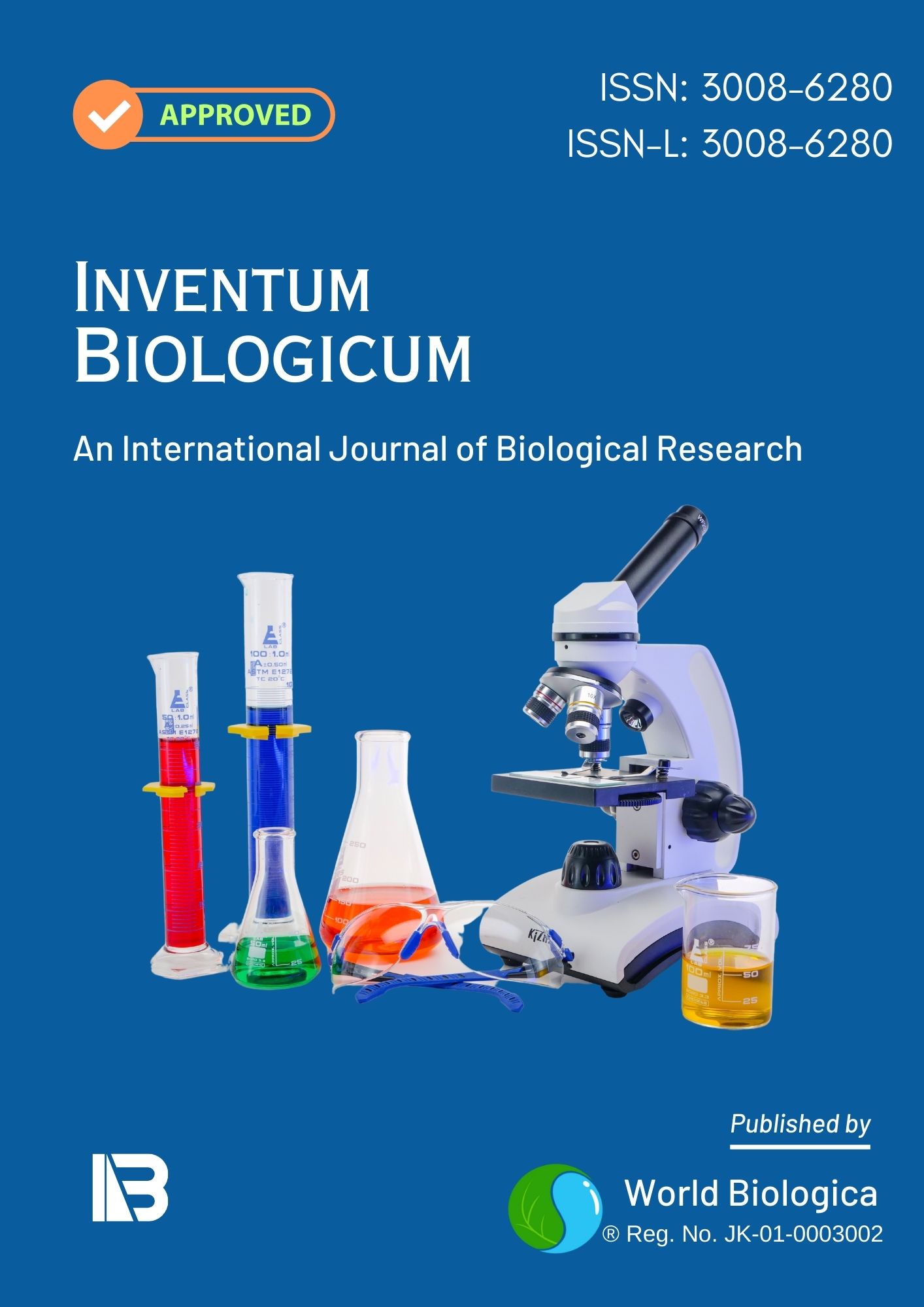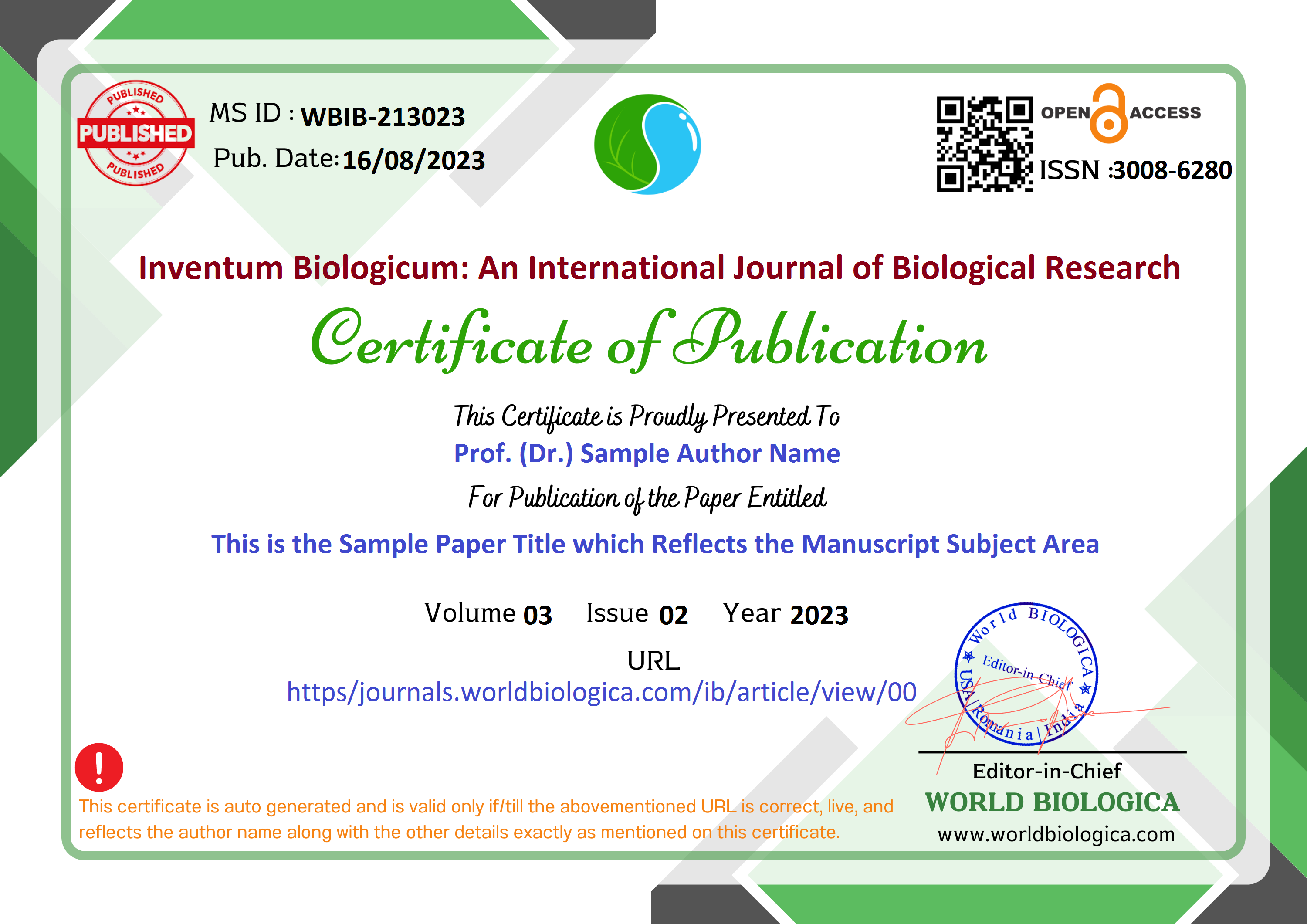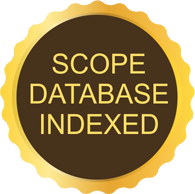Medicinal Plants Used by Traditional Healers Across the World
Keywords:
Traditional healers, Ayurvedic treatments, Local peopleAbstract
This current research evaluated the medicinal herbs used by local traditional healers and vaidus in the Devgad Taluka area. People in the region are treated for a variety of illnesses with these drugs. During our research, we spoke with locals and vaidus about how they make use of these herbs to treat a variety of ailments. Plants that are often held to have dependable and effective medical properties are examined in this study, as are the current state of medicinal plants accessible, the health status of local people, and the role that herb plays to their health. Plant parts were used by vaidus and traditional healers to treat a wide variety of ailments, including but not limited to: the common cold, diarrhoea, toothache, acid reflux, seepage from wounds, helminthes, cuts and injuries, heaps, jaundice, asthama, cancer, stomatche, skin rashes, deadens, weight loss, ailment, irritation, bubbles, intestinal illness, kidney issues, snake bites, and many others.
Downloads
References
Al-Asmari, A. K., Al-Elaiwi, A. M., Athar, M. T., MdTanwir, T., & Mohammad, A. (2014) Eid, Ahmed, Al-Asmary, Saeed M. A review of hepatoprotective plants used in saudi traditional medicine. Evidence-Based Complementary and Alternative Medicine: eCAM, 2014, 1–22. https://doi.org/10.1155/2014/890842
Al-Dhubiab, B. E. (2012). Pharmaceutical applications and phytochemical profile of Cinnamomum burmannii. Pharmacognosy Reviews, 6(12), 125–131. https://doi.org/10.4103/0973-7847.99946
Alfarhan, A. H., Chaudhary, S. A., & Thomas, J. (1998a). Notes on the flora of Saudi Arabia. Journal of King Saud University – Science, 10, 31–40.
Alfarhan, A. H., Chaudhary, S. A., & Thomas, J. (1998b). Notes on the flora of Saudi Arabia. J. KSU. Univ. Sci., 10, 31–40.
Al-Musayeib, N. M., Mothana, R. A., Al-Massarani, S., Matheeussen, A., Cos, P., & Maes, L. (2012). Study of the in vitro antiplasmodial, antileishmanial and antitrypanosomal activities of medicinal plants from Saudi Arabia. Molecules, 17(10), 11379–11390. https://doi.org/10.3390/molecules171011379
Alqethami, A., Hawkins, J. A., & Teixidor-Toneu, I. (2017). Medicinal plants used by women in Mecca: Urban, Muslim and gendered knowledge. Journal of Ethnobiology and Ethnomedicine, 13(1), 62. https://doi.org/10.1186/s13002-017-0193-4
Al-Said, M. S., Mothana, R. A., Al-Sohaibani, M. O., & Rafatullah, S. (2011). Ameliorative effect of Grewia tenax (Forssk.) Fiori fruit extract on CCl4-induced oxidative stress and hepatotoxicity in rats. Journal of Food Science, 76(9), T200–T206. https://doi.org/10.1111/j.1750-3841.2011.02381.x
Al-Shanwani, M. (1996). Plants used in Saudi folk medicine. Riyadh King Abdul Aziz city sci. Technol.
Al-Shaqha, W. M., Khan, M., Salam, N., Azzi, A., & Chaudhary, A. A. (2015). Antidiabetic potential of Catharanthus roseus Linn. and its effect on the glucose transport gene (GLUT-2 and GLUT-4) in streptozotocin induced diabetic Wistar rats. BMC Complementary and Alternative Medicine, 15, 1–8.
Aly, M. M., & Bafeel, S. O. (2010). Screening for antifungal activities of some medicinal plants used traditionally in Saudi Arabia. Journal of Applied Animal Research, 38(1), 39–44. https://doi.org/10.1080/09712119.2010.9707151
Asgarpanah, J., & Haghighat, E. (2012). Phytochemistry and pharmacologic properties of Ziziphusspinachristi (L.) Willed. African Journal of Pharmacy and Pharmacology, 6, 2332–2339.
Balunas, M. J., & Kinghorn, A. D. (2005). Drug discovery from medicinal plants. Life Sciences, 78(5), 431–441. https://doi.org/10.1016/j.lfs.2005.09.012
Bedir, E., Pugh, N., Calis, I., Pasco, D. S., & Khan, I. A. (2000). Immunostimulatory effects of cycloartane-type triterpene glycosides from Astragalus species. Biological and Pharmaceutical Bulletin, 23(7), 834–837. https://doi.org/10.1248/bpb.23.834
Benzie, I. F., & Wachtel-Galor, S. (2011). Herbal medicine: Biomolecular and clinical aspects. CRC Press.
Bhowmik, D., Gopinath, H., Kumar, B. P., & Kumar. (2013). Medicinal uses of Punicagranatum and its health benefits. Kps. Journal of Pharmacognosy and Phytochemistry, 1.
Bhowmik, D., Kumar, K. S., Yadav, A., Srivastava, S., Paswan, S., & Dutta, A. S. (2012). Recent trends in Indian traditional herbs Syzygium aromaticum and its health benefits. Journal of Pharmacognosy and Phytochemistry, 1, 13–22.
Bodeker, G., & Ong, C.-K. (2005). WHO global atlas of traditional, complementary and alternative medicine. World Health Organization.
Bokhari, F. M. (2009). Antifungal activity of some medicinal plants used in Jeddah, Saudi Arabia. Mycopathol., 7, 51–57.
Borborah, K., Dutta, B., & Borthakur, S. K. (2014). Traditional uses of allium L. species from North East India with special reference to their pharmacological activities. Int. J med Res. Rev., 2, 1037–1051.
Bourhia, M., Abdelaziz Shahat, A., Mohammed Almarfadi, O., Ali Naser, F., Mostafa Abdelmageed, W., Ait Haj Said, A., El Gueddari, F., Naamane, A., Benbacer, L., & Khlil, N. (2019). Ethnopharmacological survey of herbal remedies used for the treatment of cancer in the greater Casablanca-morocco. Evidence-Based Complementary and Alternative Medicine: eCAM, 2019, 1613457. https://doi.org/10.1155/2019/1613457
Chalumeau, F., & Benito-Espinal, É. (1984). DeuxCtenuchidae (Lepidoptera) ravageurs du laurier-rose aux Antilles françaises. Publ. Société Linn. Lyon, 53, 175–182.
Champy, P. (2011). Acetogenins from the seeds of the custard apple (Annona squamosa L.) and their health outcomes. In Nuts and seeds in health and disease prevention (pp. 429–437). Elsevier.
Chopra, R. N. (1956). Nayar SL Chopra IC glossary of Indian medicinal plants. Counc. Sci. Industrial Research New Delhi, India, 186–187.
El Hassany, B., El Hanbali, F., Akssira, M., Mellouki, F., Haidour, A., Barrero, A.F., 2004. Germacranolides from Anvillearadiata. Fitoterapia 75, 573–576.
El-Shabasy, A. (2016). Survey on medicinal plants in the flora of Jizan Region, Saudi Arabia. Int. J. Bot. Stud, 2, 38–59.
Emad, A. M., & Gamal, E.-G. E. (2013). Screening for antimicrobial activity of some plants from Saudi folk medicine. Glob. Res, J. Med. Plants Indig. Medico, 2, 189.
Gamal, E. E. G., Khalifa, S. A. K., Gameel, A. S., & Emad, M. A. (2010). Traditional medicinal plants indigenous to Al-Rass province, Saudi Arabia. Journal of Medicinal Plants Research, 4(24), 2680–2683. https://doi.org/10.5897/JMPR09.556
Ghazanfar, S. A. (1994). Handbook of Arabian medicinal plants. CRC Press.
Ghorbani, A., & Esmaeilizadeh, M. (2017). Pharmacological properties of Salvia officinalis and its components. Journal of Traditional and Complementary Medicine, 7(4), 433–440. https://doi.org/10.1016/j.jtcme.2016.12.014
Hashmi, M. A., Khan, A., Hanif, M., Farooq, U., & Perveen, S. (2015). Traditional uses, phytochemistry, and pharmacology of Olea europaea (olive). Evidence-Based Complementary and Alternative Medicine, 2015, 1–29. https://doi.org/10.1155/2015/541591
Hostettmann, K., Marston, A., Ndjoko, K., & Wolfender, J.-L. (2000). The potential of African plants as a source of drugs. Current Organic Chemistry, 4(10), 973–1010. https://doi.org/10.2174/1385272003375923
Jaafar, N. S., & Jaafar, I. S. (2019). ErucaSativa LINN: Pharmacognostical and pharmacological properties and pharmaceutical preparations. Asian Journal of Pharmaceutical and Clinical Research, 12, 39–45.
Jazieh, A. R., Al Sudairy, R., Abulkhair, O., Alaskar, A., Al Safi, F., Sheblaq, N., Young, S., Issa, M., & Tamim, H. (2012). Use of complementary and alternative medicine by patients with cancer in Saudi Arabia. Journal of Alternative and Complementary Medicine, 18(11), 1045–1049. https://doi.org/10.1089/acm.2011.0266
Jirovetz, L., Buchbauer, G., Stoyanova, A. S., Georgiev, E. V., & Damianova, S. T. (2003). Composition, quality control, and antimicrobial activity of the essential oil of long-time stored dill (Anethum graveolens L.) seeds from Bulgaria. Journal of Agricultural and Food Chemistry, 51(13), 3854–3857. https://doi.org/10.1021/jf030004y
Kumar Gupta, S., & Sharma, A. (2014). Medicinal properties of Zingiber officinale Roscoe-A review. J. Pharm. Biol. Sci., 9, 124–129.
Milošević-Djordjević, O., Radović Jakovljević, M., Marković, A., Stanković, M., Ćirić, A., Marinković, D., & Grujičić, D. (2018). Polyphenolic contents of Teucrium polium L. and Teucrium scordium L. associated with their protective effects against MMC-induced chromosomal damage in cultured human peripheral blood lymphocytes. Turkish Journal of Biology, 42(2), 152–162. https://doi.org/10.3906/biy-1707-36
Moazzami, A., & Kamal Eldin, A. (2009). Sesame seed oil. In Gourmet and healthpromoting specialty oils (pp. 267–282). Elsevier.
Srivastava, J. P., Lambert, J., & Vietmeyer, N. (1996). Medicinal plants: An expanding role in development. World Bank.
Yadav, N., Vasudeva, N., Singh, S., & Sharma, S. K. (2007). Medicinal properties of genus Chenopodium Linn.
Downloads
-
Download PDF
 Abstract Views: 84,
Abstract Views: 84,  Download PDF: 56
Download PDF: 56
Published
How to Cite
Issue
Section
License
Copyright (c) 2022 Inventum Biologicum: An International Journal of Biological Research

This work is licensed under a Creative Commons Attribution-NonCommercial-NoDerivatives 4.0 International License.


















